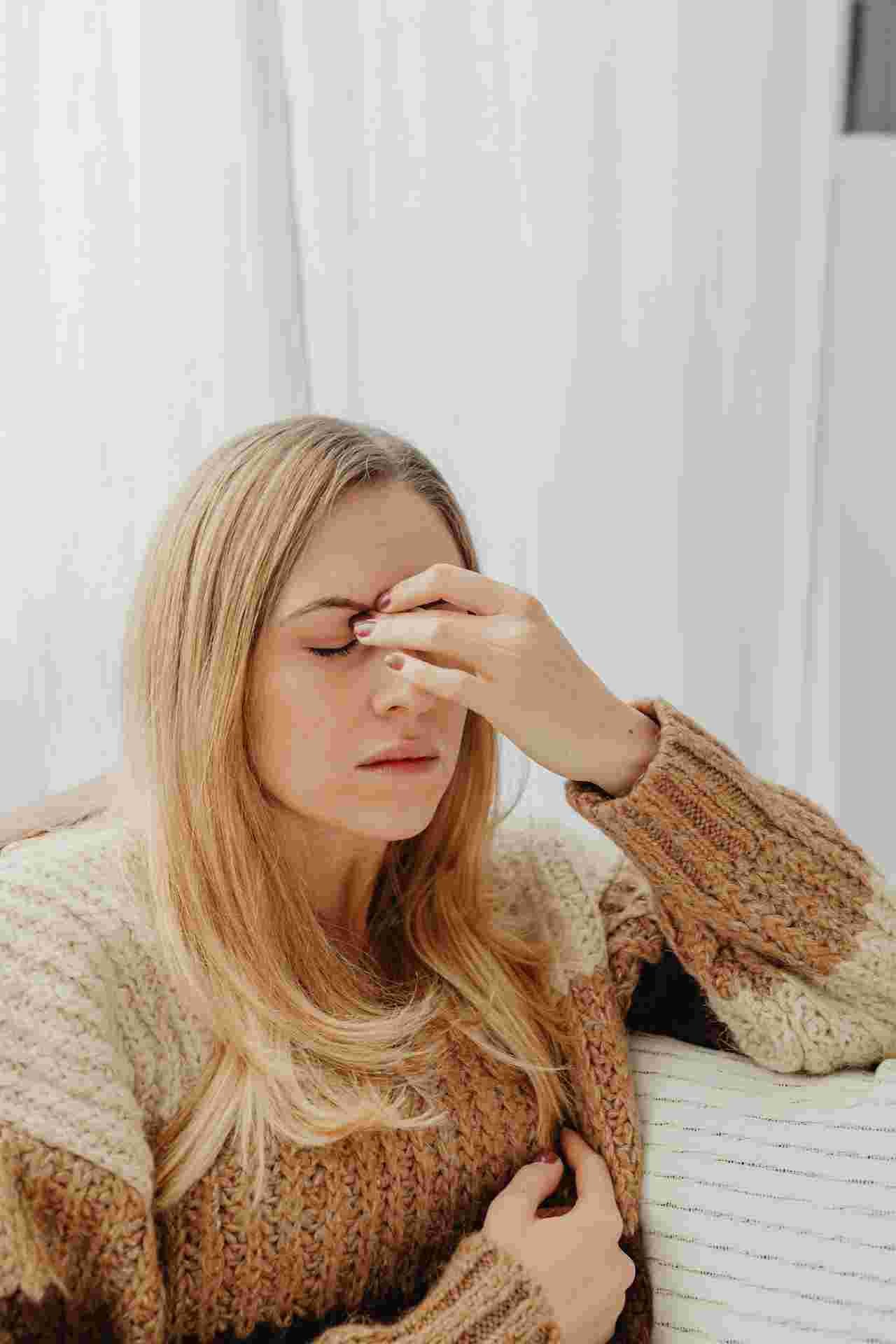Headaches can interfere with your daily life, but identifying and avoiding triggers can dramatically reduce their frequency. In this post, you’ll explore typical headache triggers that you should start avoiding. You can avoid headaches by recognizing their triggers and making simple lifestyle changes.
Headache Triggers
Stress and Emotional Factors
Headaches can come from stress and worry. If you feel tense or overstressed, your head might ache. One way to stop this is by learning to relax. Being mindful of what’s going on around you can help. It’s important to handle stress right so you don’t get as many headaches. Just a single deep breath can do wonders sometimes. Yet, it’s equally important to know when you’re getting worked up and learn how to calm down. Lessening your stress levels could result in fewer headaches for you. So, try relaxing more with things that bring joy to you. By following this, you’ll be doing both your mind and body a favor by keeping them healthy and at ease.
Dietary Triggers
The food you eat might occasionally cause headaches. Coffee, alcohol, and several food additives can cause headaches. Paying attention to your eating habits can help you avoid these triggers. Instead of coffee or alcohol, try to eat healthy and drink plenty of water. Some people may have issues with specific meals, so it’s crucial to understand what upsets you. If you find that a certain food gives you a headache, avoid eating it again. A well-balanced diet rich in fruits and vegetables is beneficial to your general health and may help prevent headaches. So, eat carefully to keep your head feeling nice.
Sleep Disruptions
Not sleeping well can lead to headaches. One way to stop those headaches is by having a regular sleep schedule. This means going to bed and getting up at the exact same time each day. It’s also important to make sure your bedroom feels cozy and quiet so you can sleep better. It’s not good to look at devices like phones or tablets right before you go to sleep because they can make sleeping harder. Sleeping well might mean having fewer headaches, so try to get plenty of rest every night for a healthier head. If you are finding it hard to sleep, relaxation techniques could help, or talking to a doctor is a good idea. Good rest helps keep your body healthy, and it might even stop headaches from happening.
Environmental Factors
Sometimes, the environment around you can cause a headache. Bright lights, loud sounds, and strong smells are some examples. These are environmental triggers. If you find out that they lead to headaches, try not to be around them. For instance, use soft light instead of bright light and wear earplugs when it’s noisy. If you don’t like strong smells, stay away from them. These changes can help prevent your environment from causing headaches. So, pay attention to what’s around you and try to make your environment more comfortable. This might lessen your headaches and make you feel good in general.
Physical Factors
Headaches can sometimes be caused by how you move or what you do. Examples include improper posture, too much screen time, and not drinking enough water. These are known as physical triggers. Paying attention to your posture and taking breaks from devices can be beneficial. Also, remember to drink lots of water throughout the day. If you’ve been sitting for an extended period of time, you should move your body and take regular breaks.
When to Seek Treatment for Headaches
When experiencing headaches, it is important to know when to seek treatment. While occasional headaches are common and can often be managed with over-the-counter pain relievers, there are certain signs that indicate the need for medical attention. If headaches become more frequent or severe, if they are accompanied by other symptoms such as dizziness or vision changes, or if they interfere with daily activities, it is advisable to seek medical help. A healthcare professional can conduct a thorough evaluation to determine the underlying cause of the headaches and develop an appropriate treatment plan. In the meantime, a headache map can help you determine what kind of headache you may be suffering from. The results of this resource can be shared with healthcare providers to enhance the accuracy of diagnosis and inform the development of an effective treatment plan.
Conclusion
Identifying and avoiding headache triggers is essential for finding relief and increasing overall well-being. Individuals can reduce their everyday headaches by addressing stress, food, sleep patterns, environmental factors, and physical routines.

